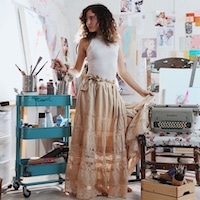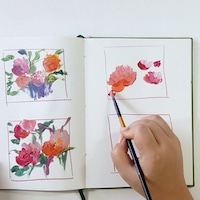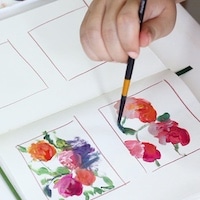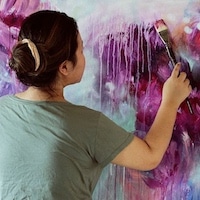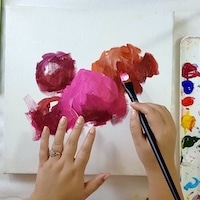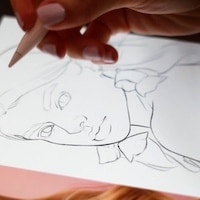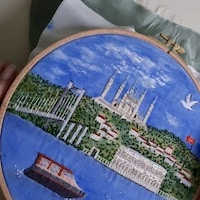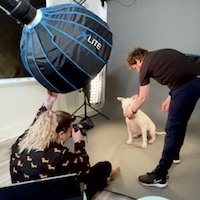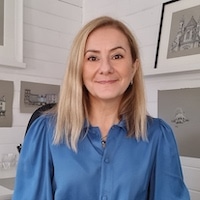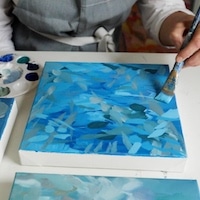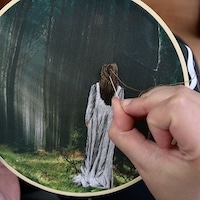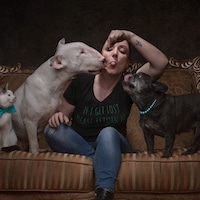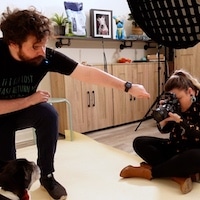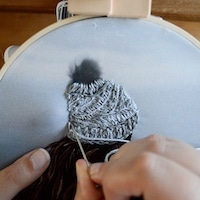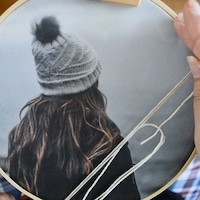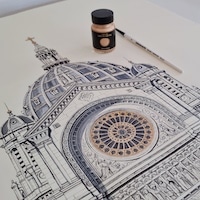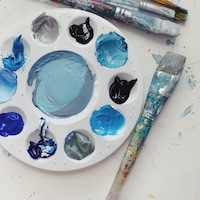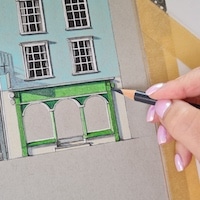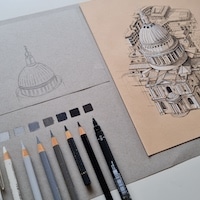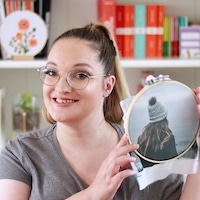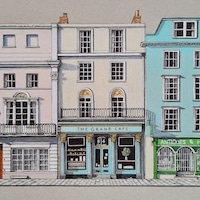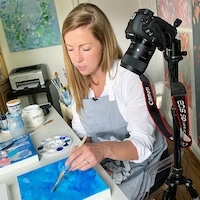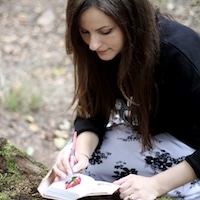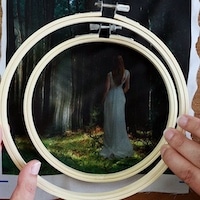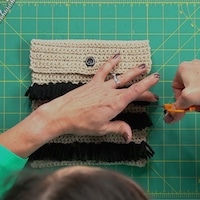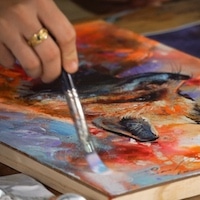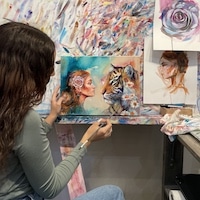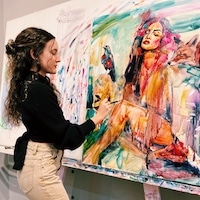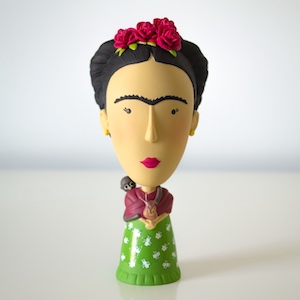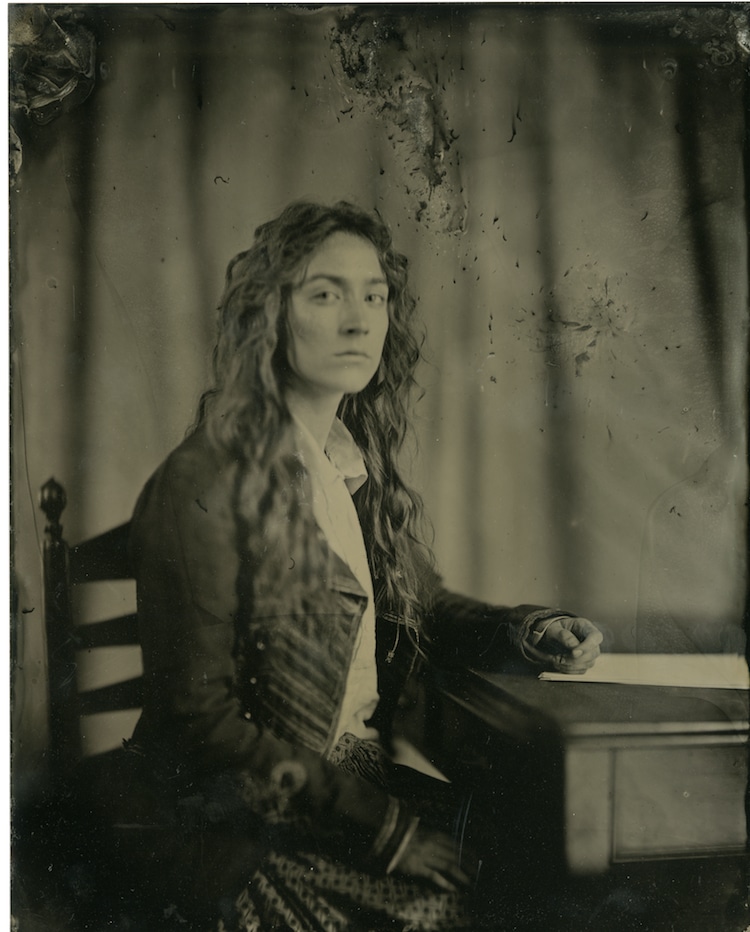
Jo March, played by Saoirse Ronan (Photo: Wilson Webb/Columbia Pictures)
Greta Gerwig's Little Women celebrated the beloved coming-of-age story of the four March sisters living in 1800s Massachusetts. Recently, the award-winning movie released vintage portraits of the cast—including Saoirse Ronan, Timothée Chalamet, and Florence Pugh—taken by acclaimed cinema photographer Wilson Webb.
These dramatic, sepia-toned photographs were made using the collodion process—a photography style invented in 1851. This process, sometimes called tintype or wet plate photography, requires that the photo be taken while the plate is wet with light-sensitive chemicals and exposed before the plate dries. Webb worked with Little Women‘s Production Designer Jess Gonchor to set up appropriate backgrounds for each character near the interior set of the March family's home. The close proximity allowed the cast to sit for a photo in costume during the making of the film.
Each 8 x 10 inch photo required an extensive amount of time and care. It took Webb about 10 minutes to prepare, expose, and develop the plate, and another 30 minutes to clean, dry, and seal it with varnish on an open flame. “The actors had to sit very still,” Webb explained in the Twitter thread. “Not because the exposure was long but because the amount of image in focus is less than 1 inch deep. It takes 1o to 20 seconds to set up the plate to be exposed so if someone moved slightly the photo would be out of focus.”
In the end, Webb's arduous efforts paid off in spades. His photographs of Little Women‘s stars shine in their authenticity and imperfect details.
Photographer Wilson Webb captured the cast of Little Women in traditional portraits.

Jo March, played by Saoirse Ronan (Photo: Wilson Webb/Columbia Pictures)
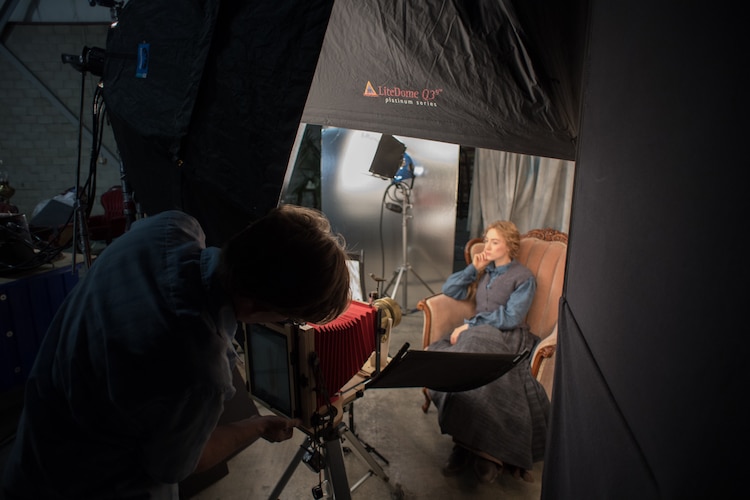
Behind the scenes (Photo: Kimberly Scarsella)
He used a popular 1800s photography style called the collodion process to make the images.
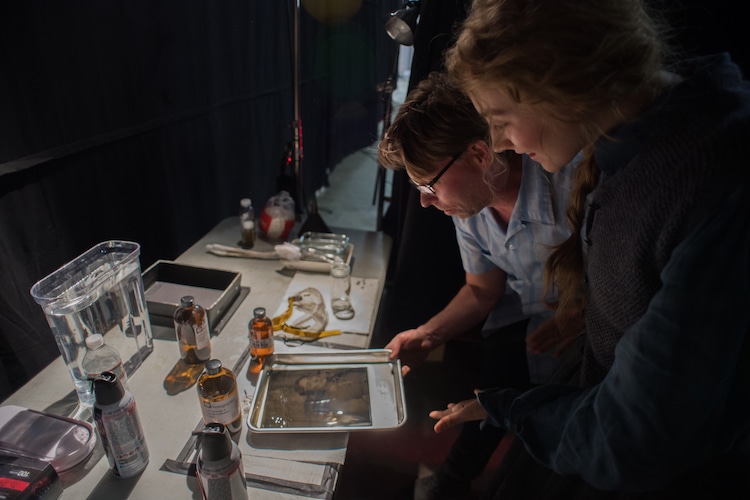
Behind the scenes (Photo: Kimberly Scarsella)
It took Webb about 10 minutes to prepare, expose, and develop the photo, and another 30 minutes to clean, dry, and seal it with varnish on an open flame.
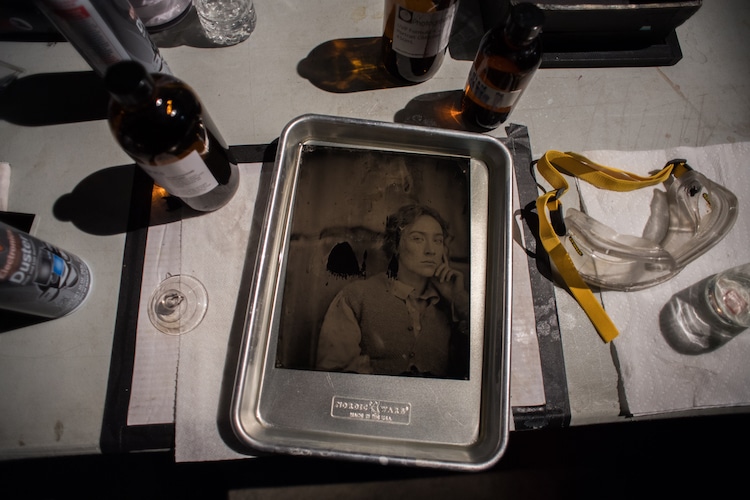
Closer look at the wet plate (Photo: Kimberly Scarsella)
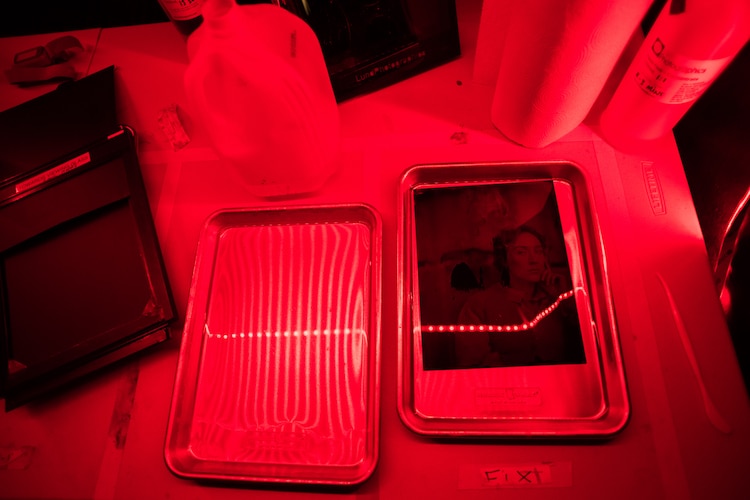
Closer look at the wet plate (Photo: Kimberly Scarsella)
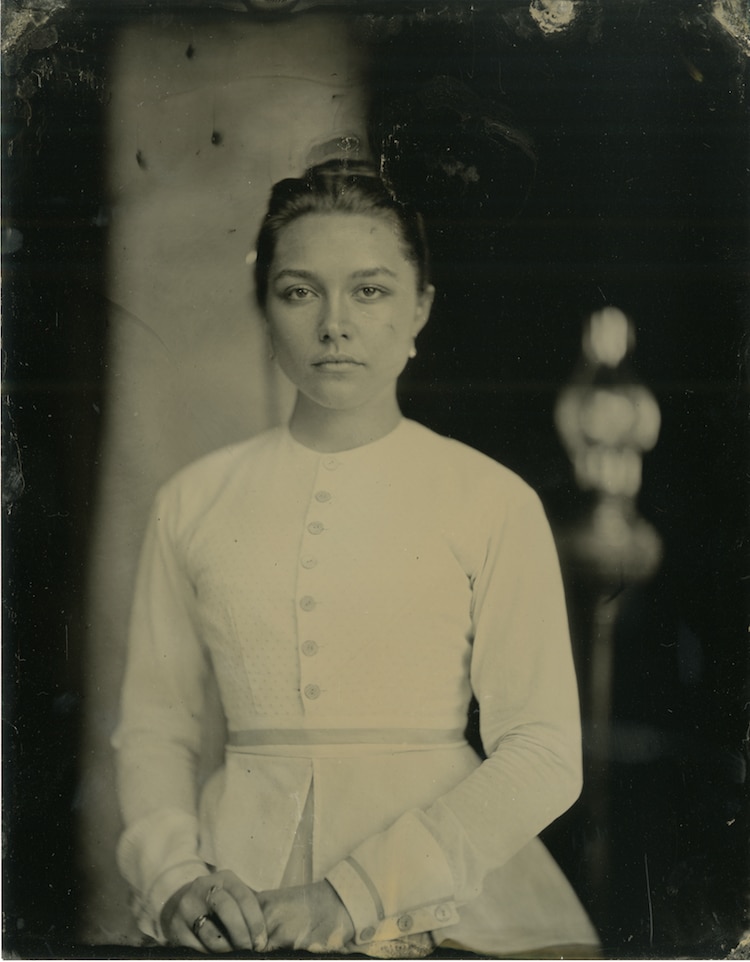
Amy March, played by Florence Pugh (Photo: Wilson Webb/Columbia Pictures)
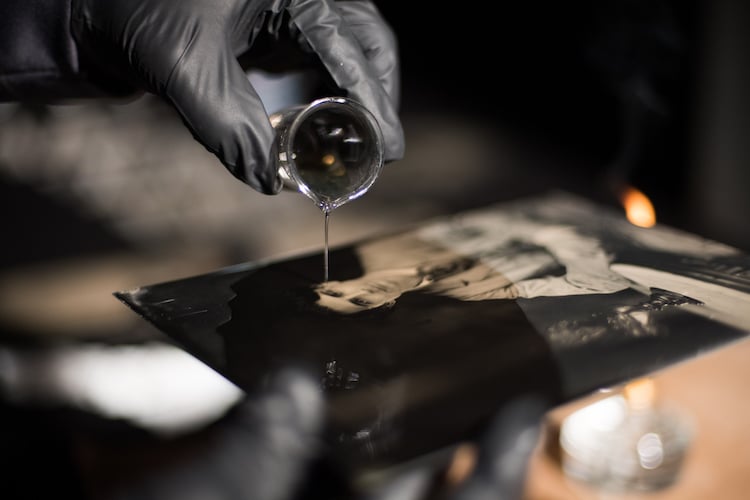
Closer look at the wet plate (Photo: Kimberly Scarsella)
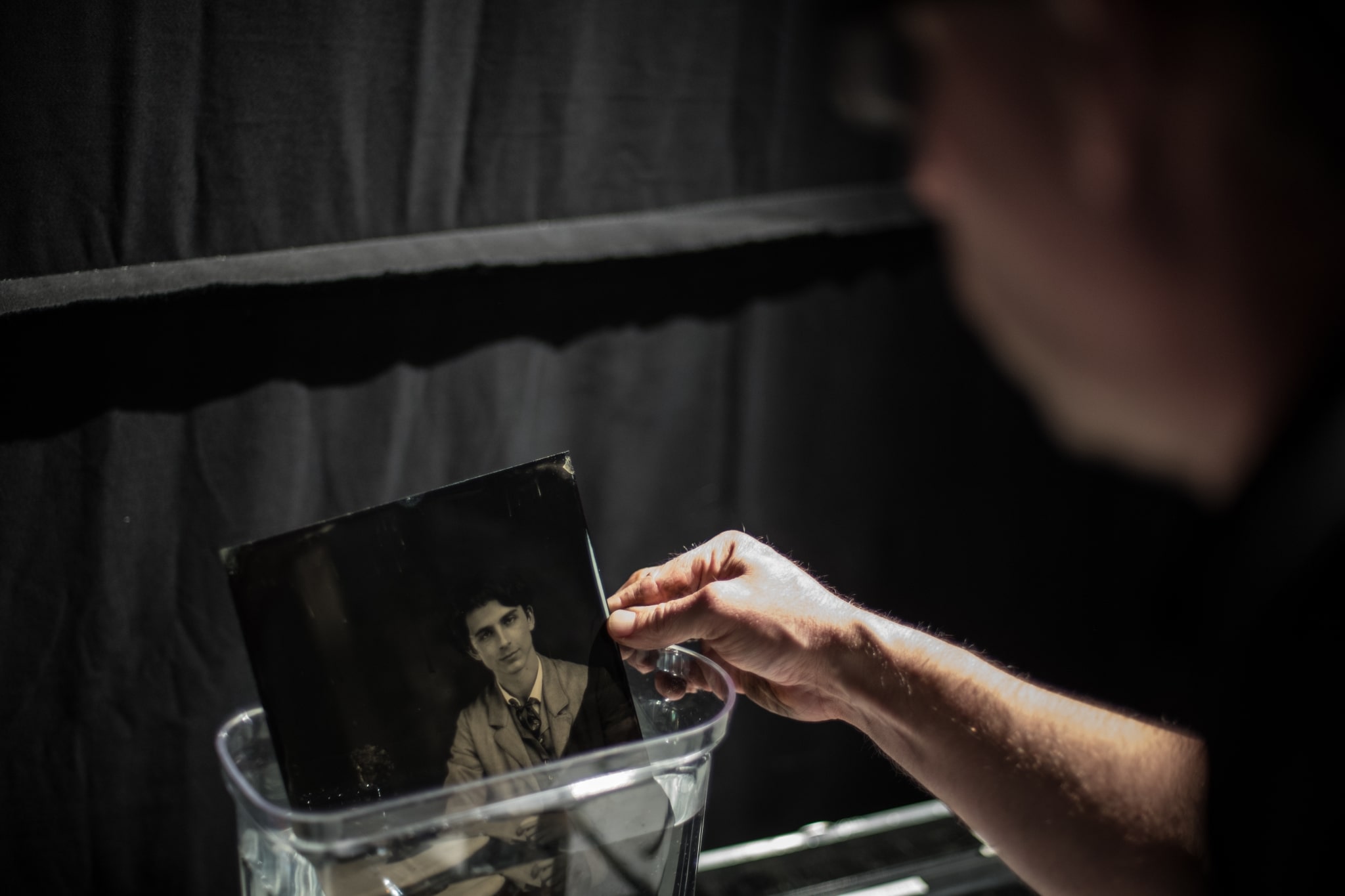
Closer look at the wet plate (Photo: Kimberly Scarsella)
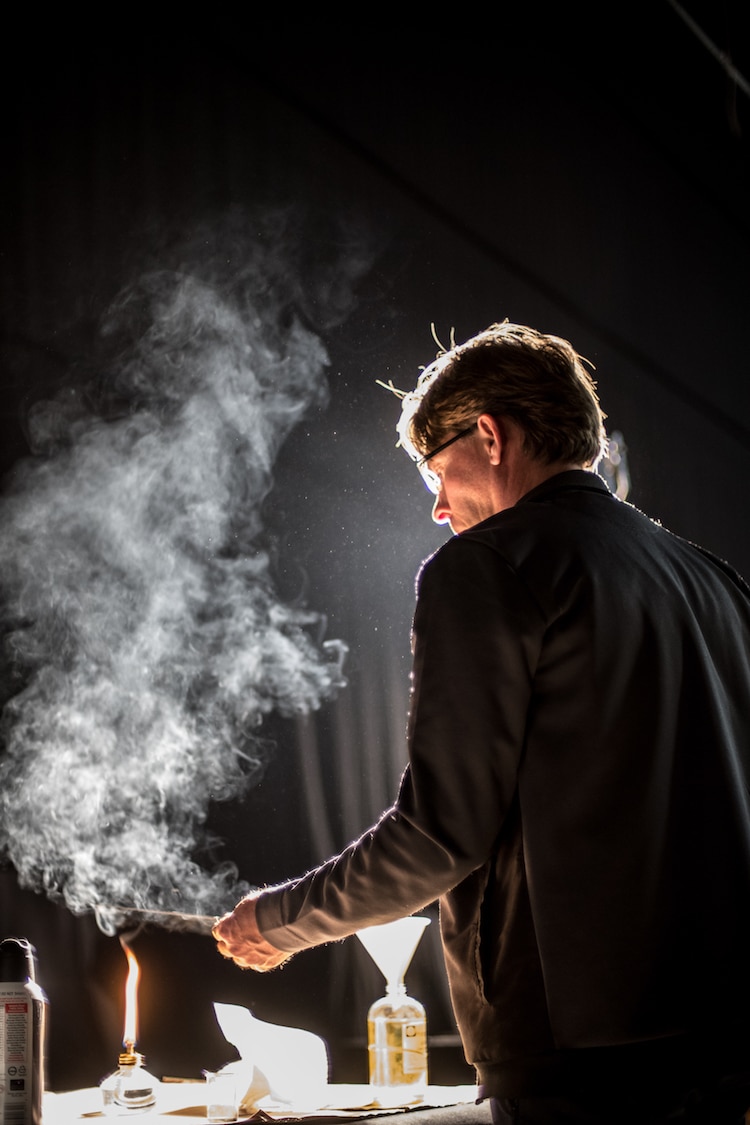
Exposing the wet plate to an open flame (Photo: Kimberly Scarsella)
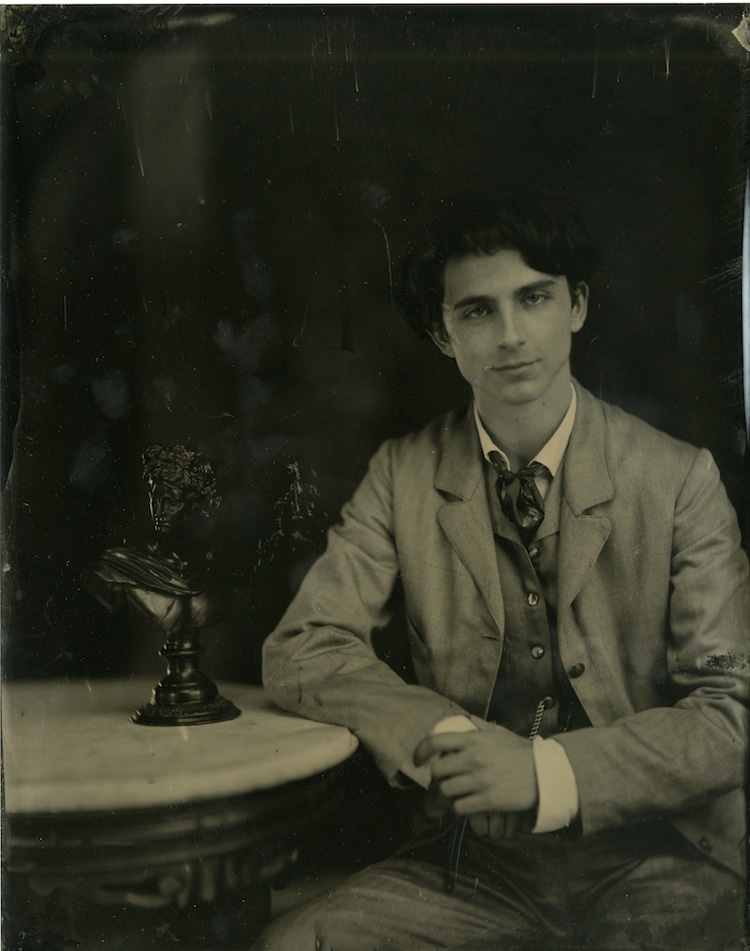
Laurie, played by Timothée Chalamet (Photo: Wilson Webb/Columbia Pictures)
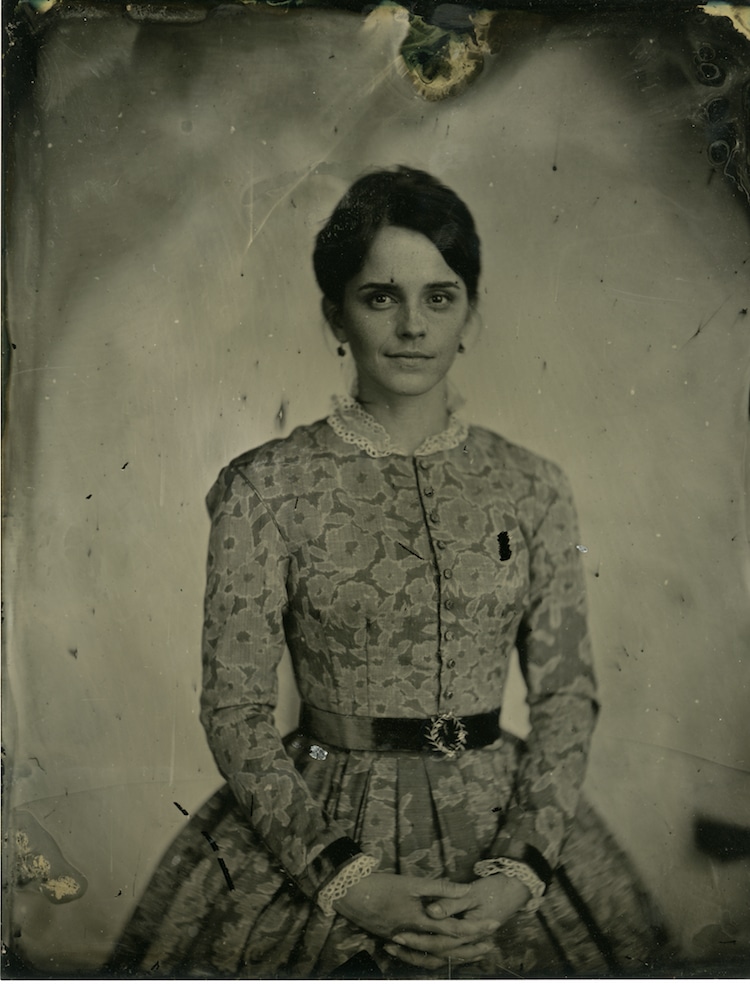
Meg March, played by Emma Watson (Photo: Wilson Webb/Columbia Pictures)
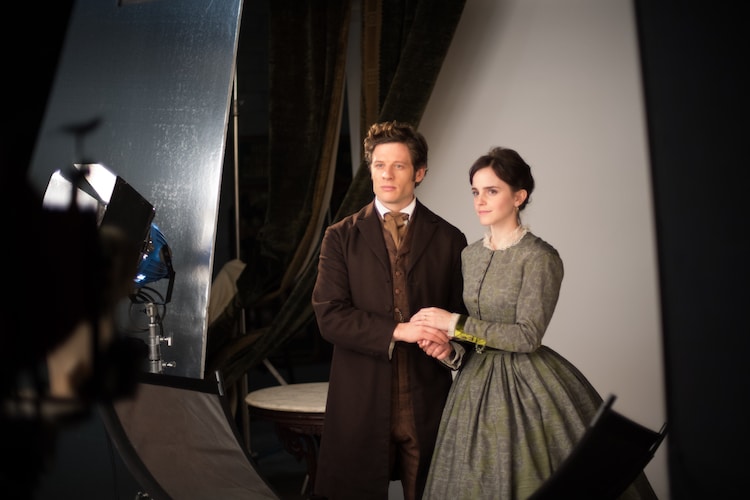
Behind the scenes (Photo: Kimberly Scarsella)
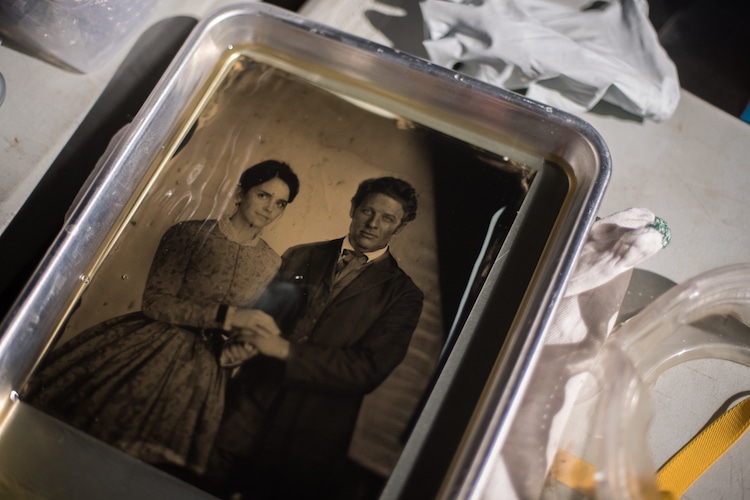
Wet plate process (Photo: Kimberly Scarsella)
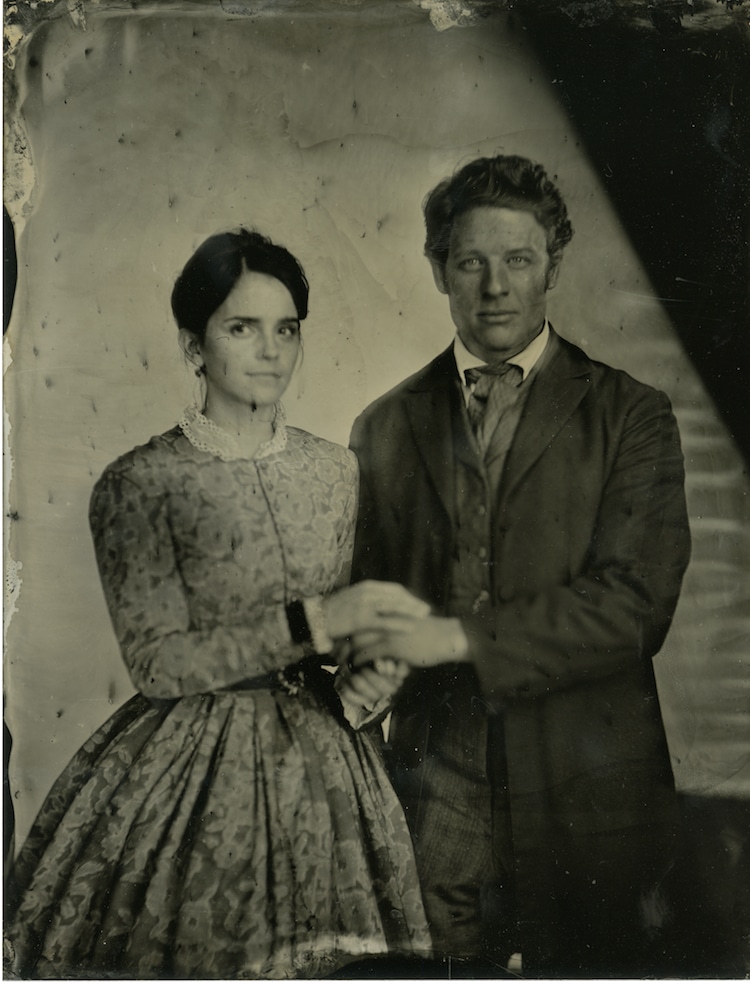
Meg March and John Brooke, played by Emma Watson and James Norton (Photo: Wilson Webb/Columbia Pictures)

John Brooke, played by James Norton (Photo: Wilson Webb/Columbia Pictures)

Father March, played by Bob Odenkirk (Photo: Wilson Webb/Columbia Pictures)
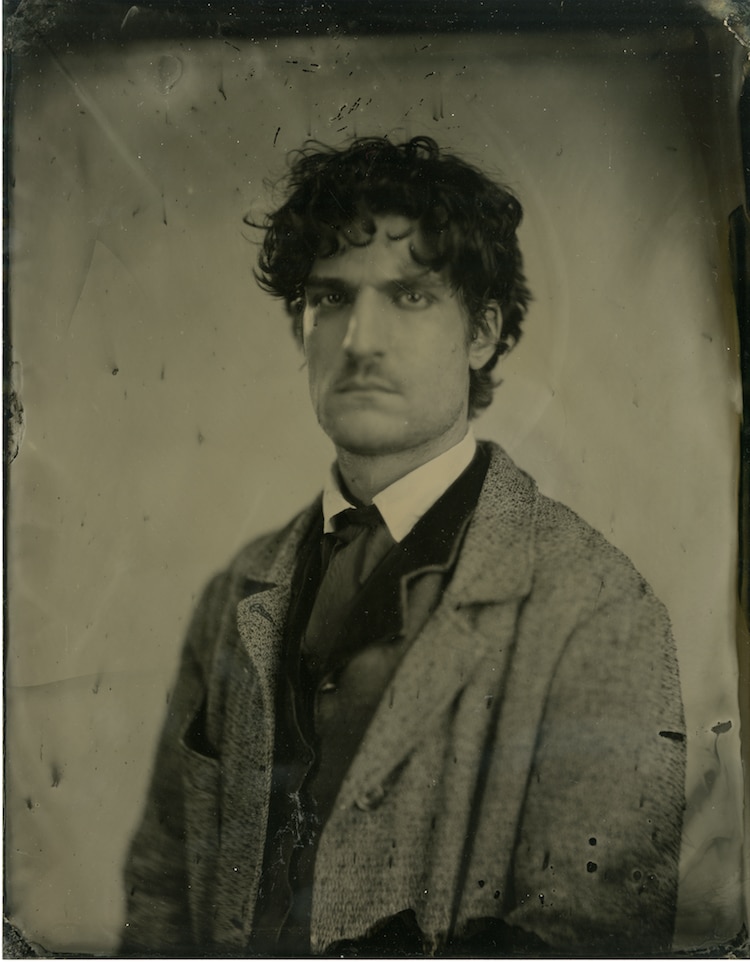
Friedrich Bhaer, played by Louis Garrel (Photo: Wilson Webb/Columbia Pictures)
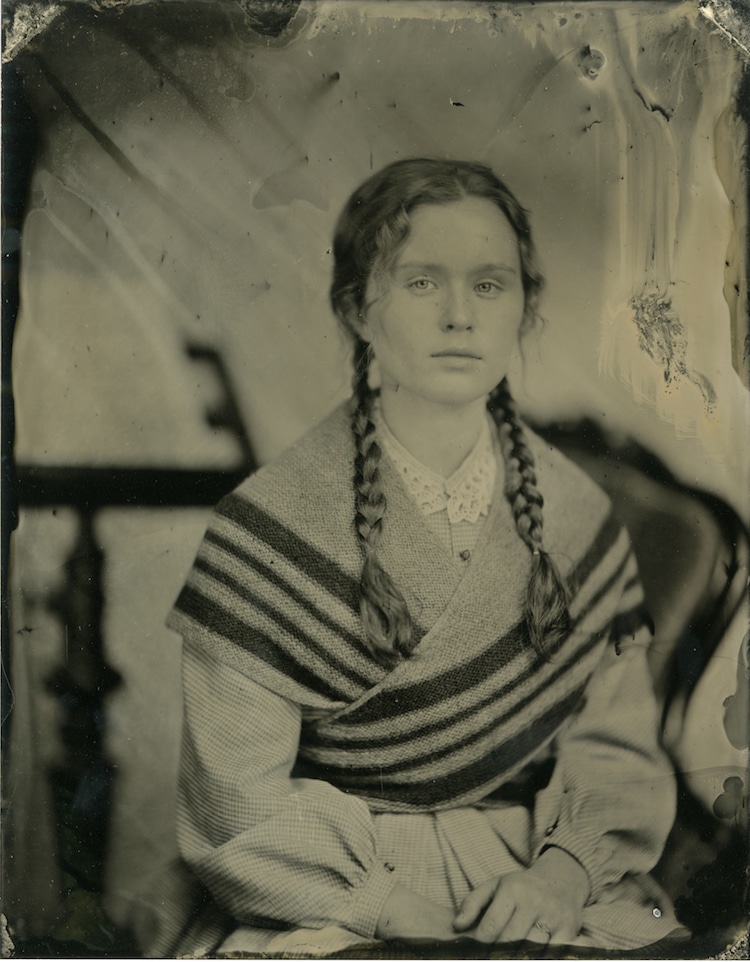
Beth March, played by Eliza Scanlen (Photo: Wilson Webb/Columbia Pictures)
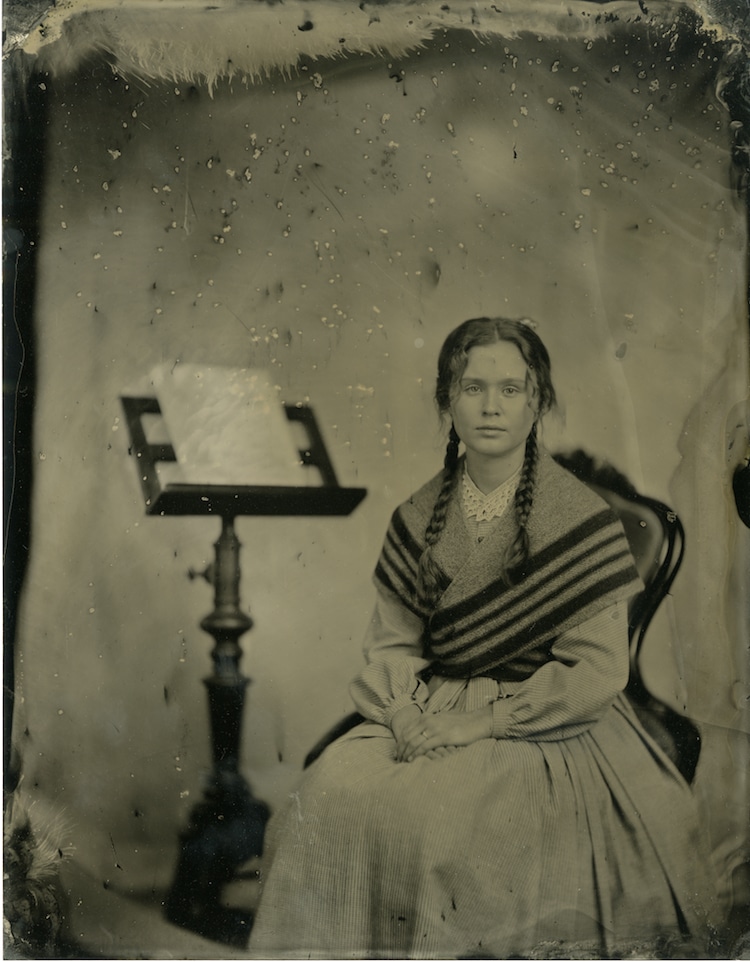
Beth March, played by Eliza Scanlen (Photo: Wilson Webb/Columbia Pictures)
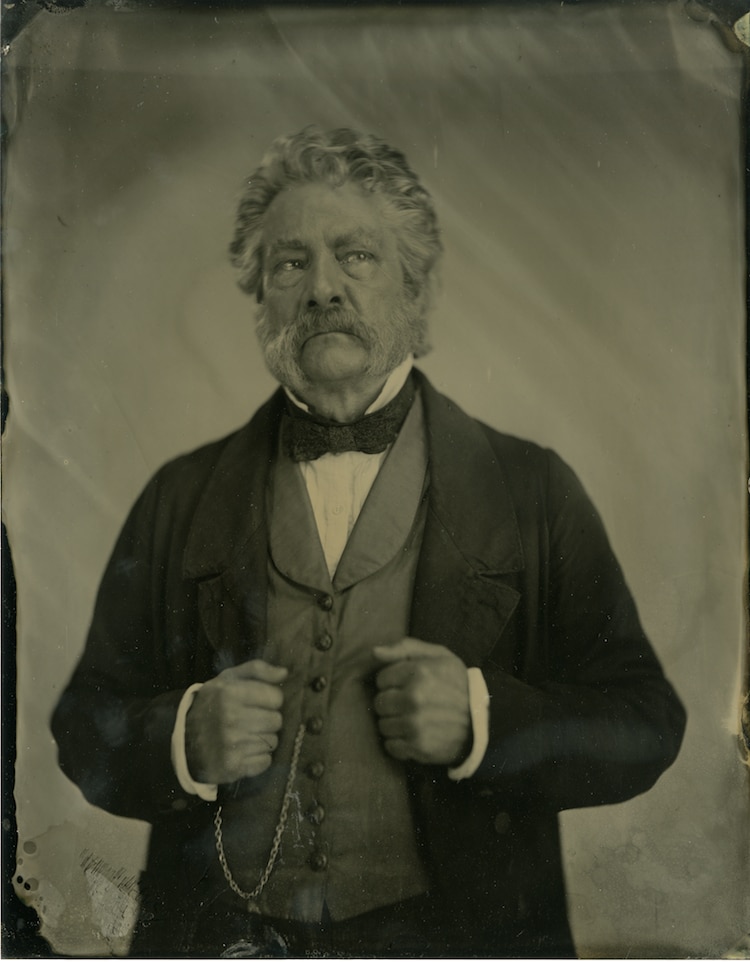
Mr. Laurence, played by Chris Cooper (Photo: Wilson Webb/Columbia Pictures)
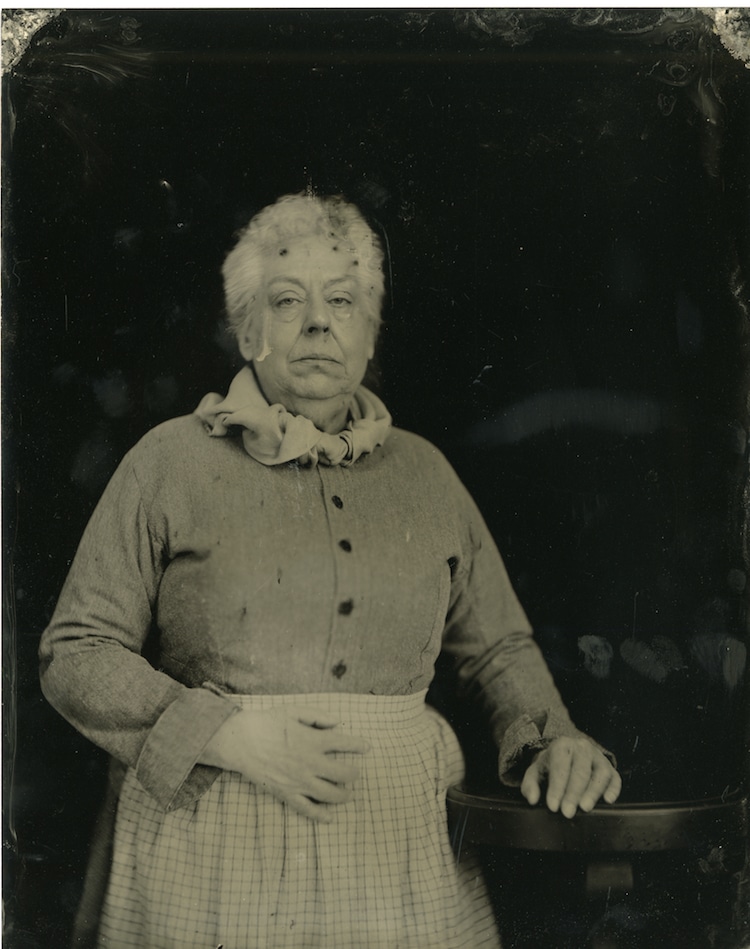
Hannah, played by Jayne Houdyshell (Photo: Wilson Webb/Columbia Pictures)
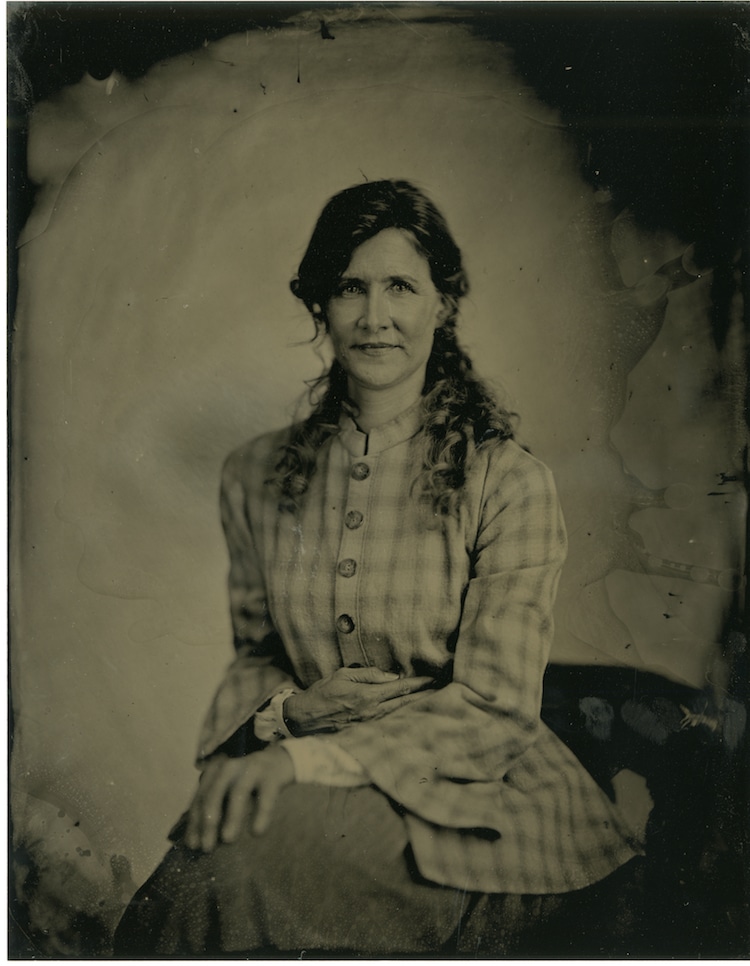
Marmee March, played by Laura Dern (Photo: Wilson Webb/Columbia Pictures)
Wilson Webb: Website | Instagram
My Modern Met granted permission to feature photos by Wilson Webb.
Related Articles:
Glamorous Celebrity Portraits Captured at the Vanity Fair Oscar Party 2020
Dreamy Photos Capture the Charming, Candy-Colored Streets of San Francisco
Film Fanatic Matches Scenes From Famous Movies With Their Locations in Real-Life



